Everyone wants to be happier and healthier, right? With 2023 just around the corner, we’re all thinking about what our new year resolutions are going to be. Some may sign up for gym memberships, some might vow to focus more on self-improvement and mental health, or spend more time with friends and family. But there may be a simpler option to becoming a happier and healthier version of yourself. Why not try reconnecting with nature?
There are countless studies that suggest that trees and nature play an important role in improving the holistic health of a population. Indeed, proximity to trees and green space impacts our day-to-day lives more than we may realize. Beyond the staggering environmental benefits that trees and forests offer, they are proven to have a tangible influence on the long-term health and happiness of communities.
Over eighty percent of Americans live in urban areas. The presence of trees in urban neighborhoods is directly linked to quality of life, health, and community. Urban trees have multiple health benefits since they improve air and water quality, mitigate the urban heat island effect, and can shield people from ultraviolet (UV) radiation, the cause or contributing factor for three types of skin cancer (Nowak and Heisler 2010). Another study suggests that increased tree cover in urban areas is related to better overall health, primarily through lower obesity, type 2 diabetes, high blood pressure, and asthma (Ulmer, et al., 2016). Research has also found that spending time in nature can benefit mental health by increasing cognitive performance and well-being, or even alleviating mental illnesses like depression, attention deficit disorders, and Alzheimer’s (U.S. Department of Agriculture, Forest Service. 2018). It is certainly apparent that spending more time in nature, be it in a natural or urban setting, can improve your physical and mental well-being.
Next time you’re wanting to exercise or feel down, try taking a walk in the woods. Invite a friend or family member to join you. Better yet, get involved in local efforts to incorporate more tree plantings and forest stewardship practices in your neighborhood. This could help you connect with your community while giving back in a meaningful and lasting way. Mending our relationship with the planet and spending more time with trees and nature is a proven way to improve our health and overall happiness. When you’re ringing in the new year, consider what twenty-twenty-TREE has in store for you!
